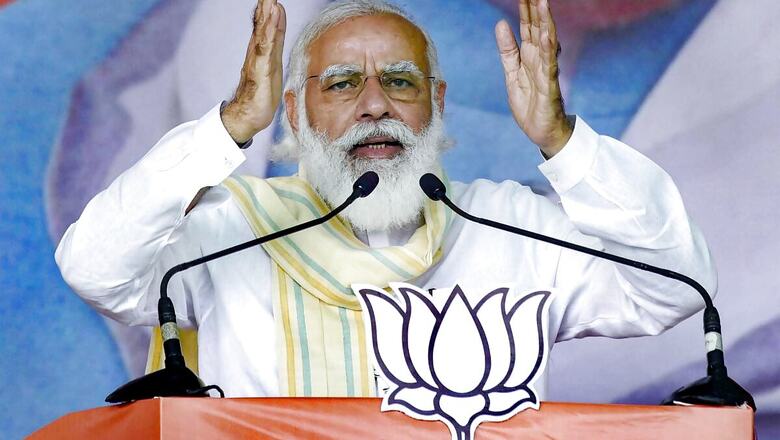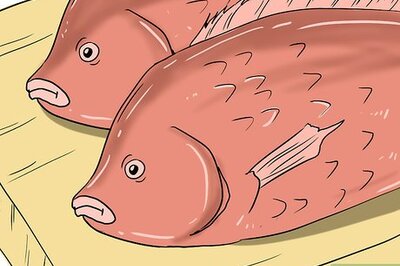
views
Security cordon around Prime Minister Narendra Modi, who is known for frequent travels, has been tightened. A police officer who worked with the elite Special Protection Group (SPG), and had been responsible for Prime Minister’s security, will now exclusively man the outer cordon which so long was the responsibility of the state police.
Lack of coordination and understanding the exact detailed requirement of SPG has been an issue behind the changes made in Prime Minister’s security.
The other reason was amendment in the SPG Act, 1998 leading to cut down in manpower.
Source said that directives have been issued wherein it was stated: “Police officers with SPG experience be drafted for supplementing Prime Minister’s security during the PM’s visit to the states.”
The directions stated that “SPG to shoulder only the Prime Minister’s close proximity protection responsibility while other protective duties should be handled by the state using former SPG and other trained personnel”.
Further, directives also stated that a month-long trainers’ course should be held for police officers on deputation to SPG, immediately prior to their repatriation to their parent organisations.
“After repartition, they should impart training to officers of their parent organizations,” the source said.
Senior IPS officer Arun Kumar Sinha, a 1987 batch IPS officer of Kerala cadre, has been working as the chief of the SPG since March 2016. Last year in December, the Appointments Committee of the Cabinet gave extension in deputation tenure of Sinha from March 19, 2020 to July 30, 2021.
Last year, the central government had amended the SPG Act, 1988. As per the amended law, the SPG security cover will be provided only to the Prime Minister and to former Prime Ministers for a period of five years after leaving office.
The SPG will give security to the former Prime Minister and his immediate family members residing with him at the residence allotted to him for five years from the date he ceases to hold the office.
Last year, the central government had replaced the SPG cover of Congress leaders Sonia Gandhi, Priyanka Gandhi Vadra, Rahul Gandhi — the family of former Prime Minister Rajiv Gandhi who was assassinated by LTTE terrorists on May 21, 1991 — with Z-plus security provided by the Central Reserve Police Force.
After amendment in the Act, the SPG had ordered a repatriation of over 200 personnel to their respective forces.
The elite organisation with an estimated strength of about 4,000 commando-trained personnel is now operating with about 60 per cent of its sanctioned strength to secure Prime Minister Narendra Modi.
The SPG was raised in 1985 and its complete strength is brought on deputation from various Central Armed Police Forces (CAPFs), state police units and central intelligence agencies.
The need for a separate force for guarding the prime minister of the country was felt after Prime Minister Indira Gandhi was assassinated by her own security guards on October 31, 1984.
SPG protectees, as per the protocol, are provided with specially-trained commandos armed with sophisticated weapons, armoured smart vehicles, jammers and anAambulance in their carcade.
Read all the Latest News and Breaking News here

















Comments
0 comment